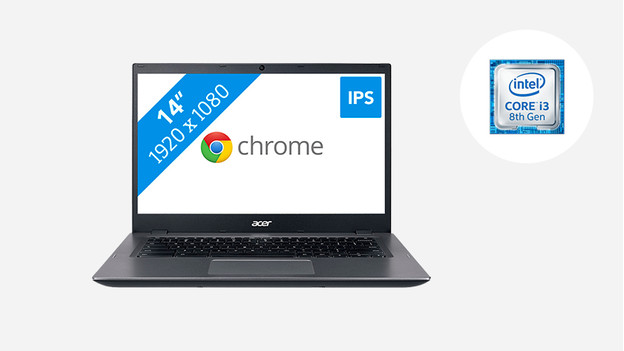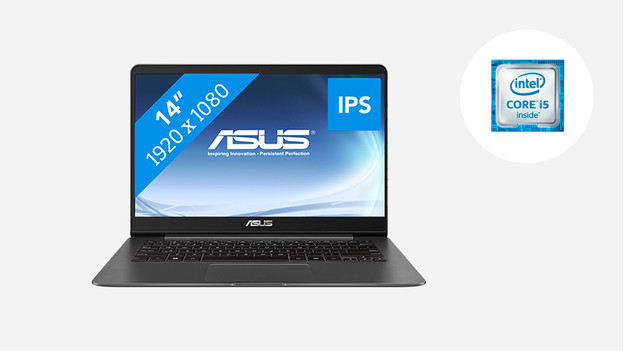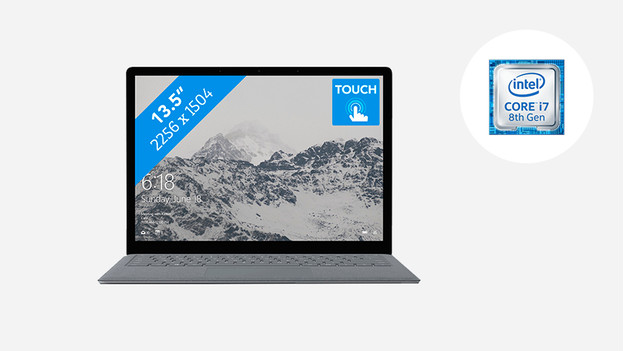
Advice on the speed class of a laptop
How do we determine the speed class?
For the speed of a laptop we find the processor the most important. This is the 'brain' of your laptop and determines which tasks it can handle and how fast it goes. The type of storage makes a lot of difference for the start-up speed and how fast programs start up. A laptop with an SSD or Flash memory starts faster than a laptop with a normal hard drive. Then the working memory determines how many tasks you do at the same time without your laptop reacting more slowly.
Basic

Laptops in this class have a processor that is suitable for simple tasks, such as internet and word processing. Chromebooks also fall within the base class while they do start up quickly, but often have a less powerful processor. \ N \ nA laptop in this class has: \ n * A processor up to Intel Core i3 or AMD A12 \ n * A regular hard disk (HDD), an SSD or Flash memory \ n * RAM (RAM) up to and including 8 GB
Mid-range

This laptop has a processor that can handle some heavier programs such as Photoshop or games. An SSD ensures that a middle class always starts up quickly (in about 15 seconds) and that you also open larger files quickly. Most middle classes have 8 GB of RAM. \ N \ nA laptop in this class has: \ n * An Intel Core i5 or AMD Ryzen 5 processor \ n * An SSD (possibly an SSD and an HDD) \ n * RAM from 4 GB
High-end

With a laptop in the top class you can assume that your laptop runs heavy programs and games quickly and smoothly. For example, editing videos, creating 3D models and virtual reality gaming is a breeze and your laptop stays fast. This is mainly due to the powerful processor and the working memory. \ n \ nA laptop in this class has: \ n * An Intel Core i7 or AMD Ryzen 7 processor \ n * An SSD (possibly an SSD and HDD) \ n * RAM from 8 GB


